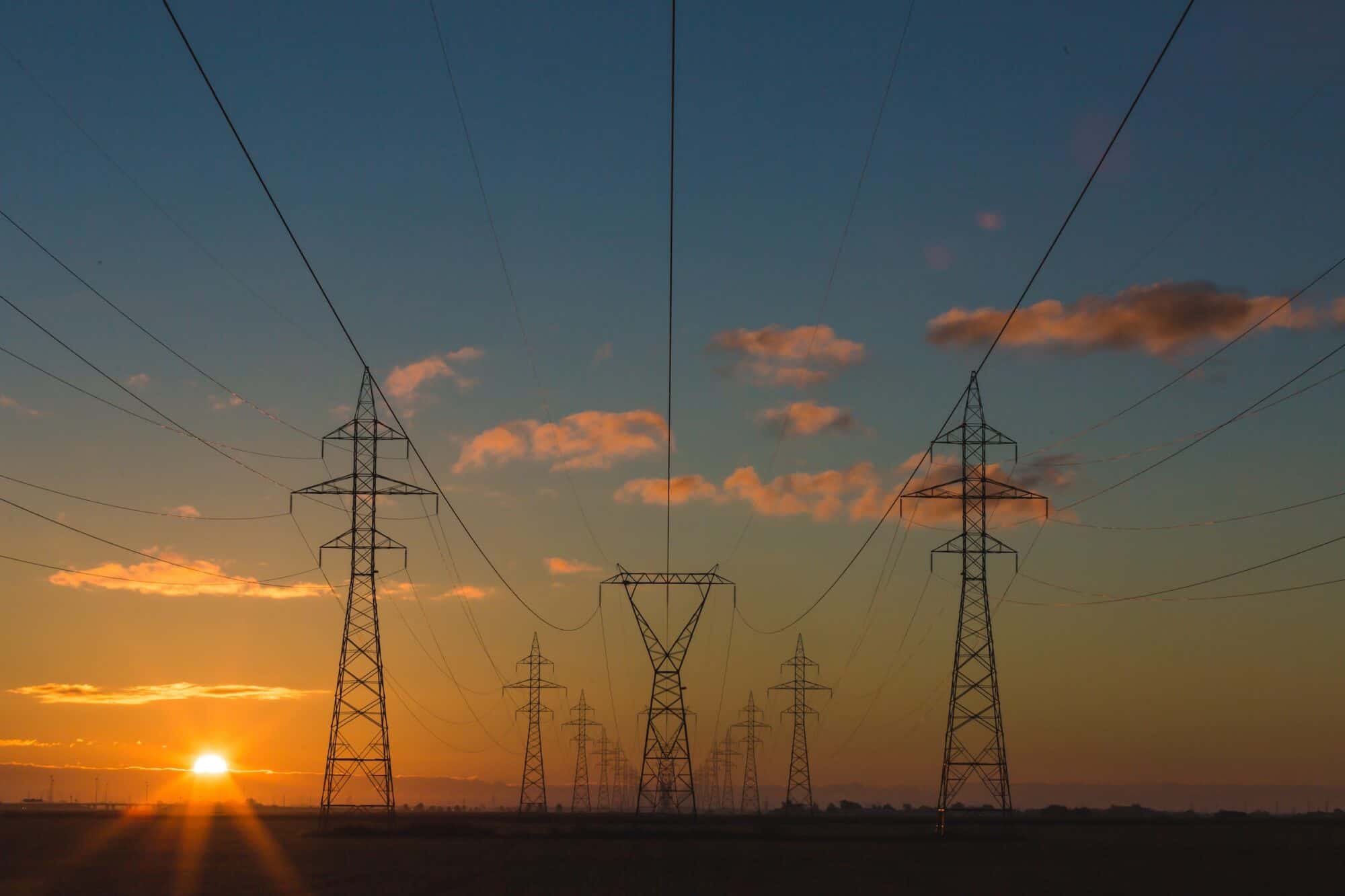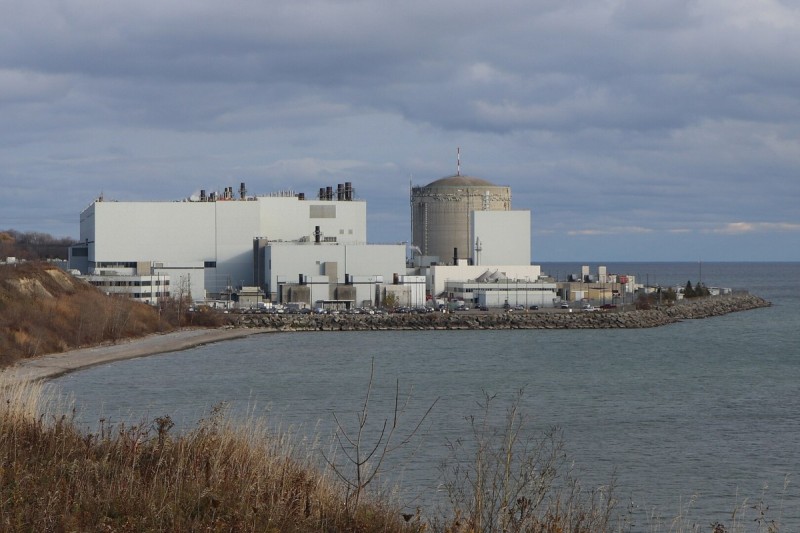In his reflections on the social democratic tradition Andrew Jackson argued that we need to democratize the Canadian economy by increasing social ownership of capital. In the energy sector this means identifying mechanisms such as community ownership and a greater role for the public sector, ensuring that the corporate assets associated with energy production “flow to all citizens”, and are not monopolised by large private or public organisations – in short, energy democracy. Following Jackson, we believe that the expected de-carbonization of energy production can facilitate such a transition.
There are many ways in which energy democracy can be achieved, ranging from increased stakeholder participation and oversight in management, to a radical restructuring of ownership. We prefer the latter vision: a publically owned robust, resilient, de-carbonized and decentralized energy system, generating new forms of employment while keeping revenue and profits within communities.
Let’s take the Canadian electricity sector as an example. This sector is already on the path to de-carbonization. The first transformation — reducing the use of fossil fuels in electricity generation and replacing them with renewables—is well underway. Germany’s Energiewende provides an important example of how this can be done comprehensively without affecting the reliability of the grid. Research in the US has also confirmed that the transition to an 80% renewables-based grid can be achieved without sacrificing system flexibility.
This first transformation is being followed by a second, in which the electrification of energy services will substantially increase demand for renewable electricity through a shift to electric vehicles, electric transit, driverless cars, electrically-powered high speed rail, geo-exchange heating, etc. A global trend towards a smarter, decentralized grid based on local power generation and district heating will make the concept of “baseload power,” which has long served as a major justification for building large fossil fuel and nuclear power stations, increasingly obsolete.
These twin transformations provide a unique opportunity for Canada to move towards energy democracy in the electricity system. We can seize this moment, by mobilizing efforts to fundamentally change the structure and ownership of electricity systems. Or, we can continue to be held hostage to an antiquated and centralized electricity system, primarily owned and operated by large public and private corporations and now in need of massive refurbishment, estimated to require more than $350 billion over 20 years.
Over the past two decades Canada’s provinces have opened the electricity market to private sector independent power producers, separating ownership of generation, transmission and distribution and effectively conceding ownership to various public and large-scale private entities. While there have been some efforts to facilitate community and First Nation investment and ownership, the process has been dominated by large corporate investors who are calling for increased market liberalization to further entrench their market positions and aspirations. The current ownership and management structure of the electricity system limits citizen involvement in decision-making, and transfers massive amounts of money from communities to private capital.
The alternative is to move towards a truly democratic, locally-centred electricity system which ensures quality access to affordable energy, protects workers’ rights and local environments, keeps energy expenditures in the community, and acknowledges energy resources as part of the “commons.” Several forces are converging to make such an outcome both relevant and realizable: i) a growing demand among citizens for locally-owned and -operated energy enterprises and a readiness to invest their savings in these enterprises, ii) solar and wind supply costs already competitive with the full costs of conventional sources, including both fossil fuels and nuclear; (iii) power storage technologies on the cusp of commercialization, helping to make renewable sources even more competitive; and iv) new digital technologies harnessed to effectively manage smaller, decentralized grids.
With these changes, we can envision how Canada might shift to an electricity system which is inherently decentralized and democratic but still provides efficient and reliable services to a wide range of users.
Let’s look at what social and political modifications are needed to implement this shift:
Public ownership
First, Canada’s power utilities need to re-organize to focus on public ownership of generation and distribution. At the same time, changes to provincial legislation are needed to facilitate re-sale of power generated by small local suppliers while ensuring supply reliability. Solutions may differ from province to province but the overall direction must be one of democratization.
Democratize planning and management
Second, there is a need to democratize power planning and overall grid management. Municipalities and publicly owned local distribution companies (LDCs) will be key players in this process. As the grid becomes more distributed, power planning and grid operation must be devolved from the provincial to the regional or local level. Local grid operators must be publicly owned and managed democratically with community input. The main grid would remain as a network linking local grids together.
Promote local ownership
Third, provincial utility regulatory boards must be given a mandate to promote local ownership by minimising legal hurdles for new entrants. They would continue to oversee and regulate the provincial system and interprovincial connections, and to provide pricing guidelines, but would be run by representatives from regional and/or local grid operators.
Co-operative investment
Fourth, to ensure local ownership of power production and the grid, equity investment in new generation capacity would be restricted to entities that have a responsibility to the community, environment, and workplace rights, as well as to shareholders. These include Community Economic Development Investment Funds, First Nations, renewable energy co-operatives, certified benefit corporations (B-Corps), social enterprises, labour pension funds, and the LDCs and municipalities themselves. Experience of renewable energy cooperatives and community equity investment funds in Canada has shown there are millions of dollars of community savings which residents will eagerly invest in local energy and other enterprises if there is a sound business case. The rate of return sought by this community capital is also reasonable, making renewable energy more affordable.
Investments in the main grid, determined as needed by the network of LDCs, could be made by municipalities, First Nations, pension funds, or larger private investors working within strict conditions regarding land use, local production, and workplace rights.
The global transition to renewable energy, electrification and the changing grid, together with a growing demand for energy democracy, provide a unique opportunity. Moving from a top-down, centralized system to a more democratic and decentralized energy system will not be easy. The key is gradual policy reform — investing in energy storage and community micro-grids, supporting new forms of public and community ownership, and unlocking community capital. Our children will thank us for it.





